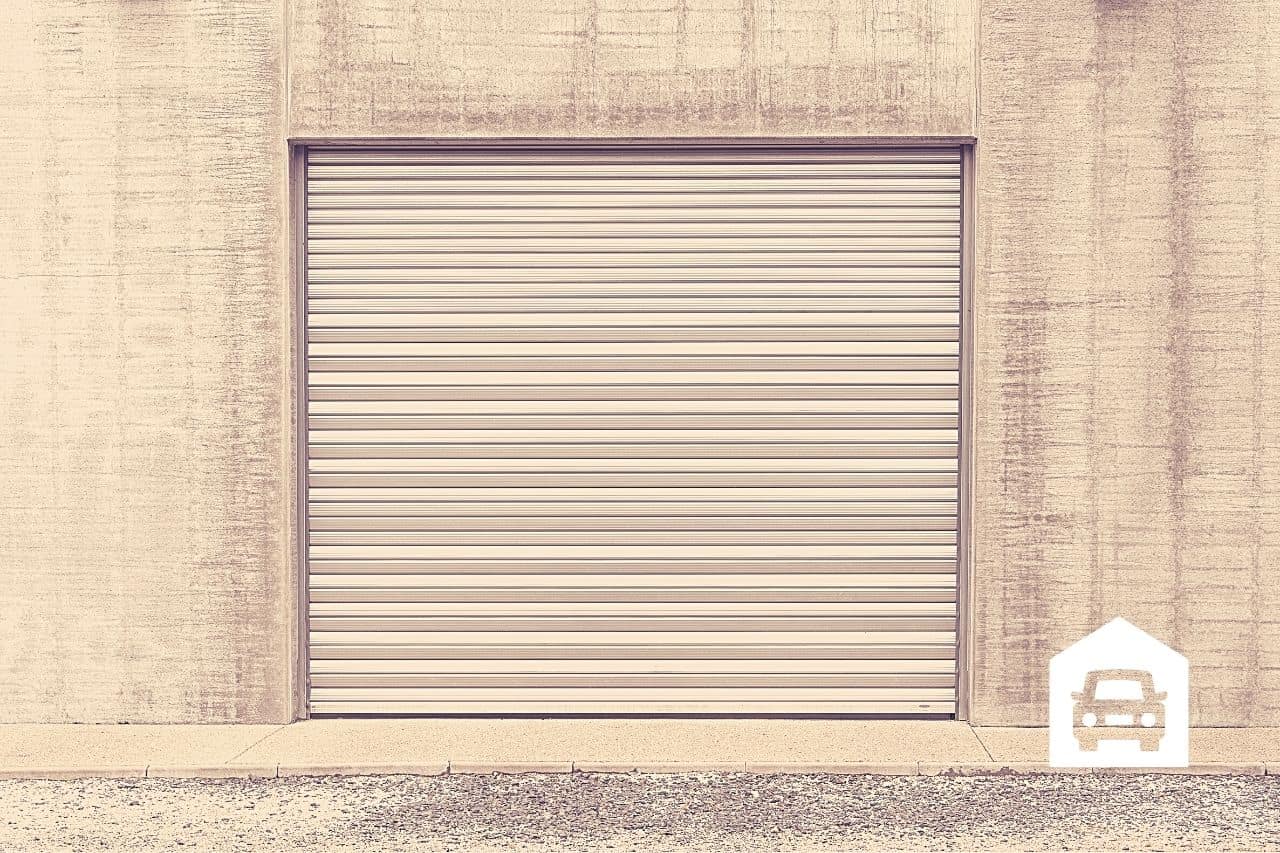Typically, the interior of a garage (if it’s finished at all) may have a thin layer of drywall, or it may have pressed wood or manufactured wood panels (oriented strand board/OSB) in place. Truly unfinished garage walls have no paneling of any kind. They are just the inside of the exterior wall and the studs. This type of garage wall should not be painted. You should add some sort of covering or finish first.
Once you have this sort of finish in place, you can make the interior of your garage look better and help preserve the walls by protecting them with primer and paint. In this article, we share smart techniques and tips to help you paint your unfinished garage walls successfully. Read on to learn more.
What You'll Learn Today
Painting Unfinished Garage Walls

1. Count on using primer
If your garage walls are finished with thin drywall or pressed board, you will definitely need to use primer to get a decent looking finish. These materials are fairly low quality, and they present a rough surface.
A layer of good quality, high adhesion, bonding interior/exterior primer insures that you will have a smooth, consistent surface to work with.
In the long run, just as with any paint job, primer ends up saving you paint and time. Primer seals the base material, helps the paint adhere better and creates a smoother finish.
2. Choose a good quality oil-based or latex exterior paint
Even though your interior garage walls are technically inside, they get a lot more exposure and go through a lot more temperature changes than a true interior wall.
For this reason, you should use a good quality exterior paint for a finish that will last. It will provide you with more protection against damage caused by weathering, moisture and mold.
3. Clear your space for easy painting
Before you begin any aspect of your paint job, clear out your garage. Get all of your vehicles, equipment, stored items, etc. out. This will make it a lot easier to prep the space for painting and to move around smoothly and easily as you get the job done.
4. Clean up
Just as with any other paint job, you want to have a clean space. Start by using a clean broom to sweep down the ceilings and walls and then sweep out the garage. Follow up with a shop vac.
5. Do your prep work
Examine your walls (and ceiling if you’ll be painting that, too) for rough spots, nail holes, cracks, nails, etc. Remove all offending objects; sand over rough spots; fill in holes and cracks with spackle.
Allow it to dry for the time noted on the container and then sand it off smooth.
6. Mask off anything you don’t want to paint
Use painter’s tape and brown paper or newspaper to cover electrical outlets, windows, door and window frames, etc.
7. Cover the floor
Sweep or vacuum again and then cover your garage floor with drop cloths to keep dust down and prevent getting paint on the concrete.
8. Apply your primer with a roller
You could use a brush, but a roller is faster and results in a more even base coat. If you want, you can use a brush to frame the walls by going around the ceiling edges, corners and baseboards.
Then you can roll on the primer within that frame. Be sure to load your roller lightly to avoid drips, runs, splatters and globs of paint.
9. Allow plenty of drying time
Most primers will give a 3-hour drying time in the instructions on the can, but it’s always a good idea to give it a full 24 hours if you can.
10. Apply your paint
Once your primer is completely dry, you’ll apply your paint in exactly the same way you applied the primer. You may or may not need two coats.
After you have applied the first coat, give it plenty of time to dry thoroughly and then stand back to look at it. You’ll be able to see if there are thin spots. If not, you’ll be fine with a single coat!
Other Tips
- Good quality exterior paint that includes primer can be used without primer, but you’ll probably need two coats.
- Use a paint with a matte finish, as opposed to gloss or semi-gloss. This will stand up the hard use in your garage.
- Be careful not to use silicone based spackle or caulk because you will not be able to paint over this successfully.
- If your garage is built of bricks or cinder blocks, and you are painting that surface, follow the same steps, but use a paint sprayer instead of a roller.
- Because you are using oil based and exterior products, be extra sure to give yourself good ventilation while you’re working.
- Because of the need for good ventilation and the need to empty out the garage, it is naturally best to do this job when you can count on a few days of good weather and comfortable temperatures.
A Painted Garage Interior Brightens Your Home
Painting the inside of your garage is an easy job that should only take you a few days. No matter what sort of panel or surface you have in your garage, finishing it up with a uniform, attractive paint job will improve your home’s curb appeal, increase its value and boost your enjoyment of your home.
There are really a lot of things to know. Perhaps it’s better to have someone else done the tasks for me.